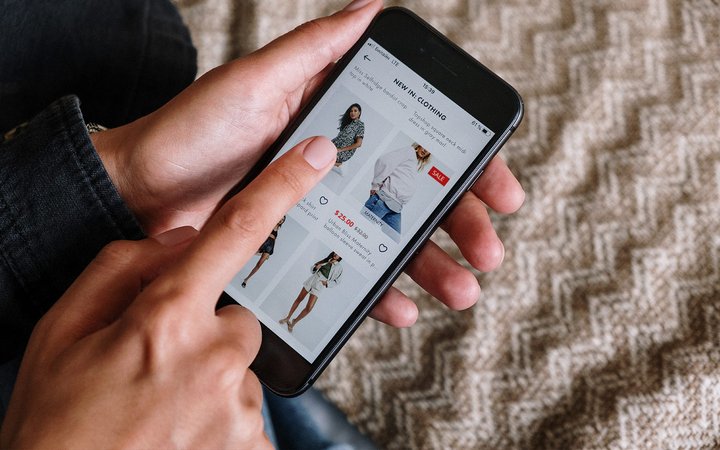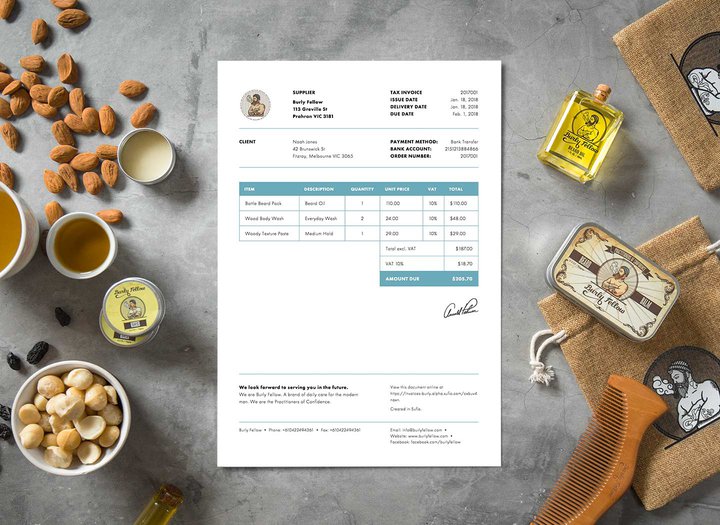How Ecommerce Businesses Turn Clicks into Customers

In ecommerce, getting consumers to visit your website is much more straightforward than actually making sales.
The average ecommerce conversion rate (products sold as a percentage of total visits on the product page) is just below 3% in the US, which underlines just how competitive the ecommerce market has become.
While gaining clicks on your product page may be as simple as putting out a well-targeted Google Ad, achieving a good conversion rate involves optimizing many different elements of your website and marketing strategy.
Read on to find out about seven of the best strategies you can adopt to win the interest and trust of consumers and convert clicks into conversions.
Improve UX (user experience)
A modern, appealing website that is easy to navigate is extremely important for converting visitors into customers.

We’ve all been there: you click on a promising link and find yourself on a website that looks like it hasn’t been updated since the days of Myspace.
The issue is that having an out-of-date website UX often causes customers to question your credentials as a business. And even if it doesn’t, if your website is difficult to navigate, then customers will quickly become frustrated and give up on searching for a product there.
A big part of making your website appealing is to maximize the use of images and video, or even augmented reality. Not only should these assets be high-quality, but they should take center stage on your website, creating an immersive experience that allows customers to visualize your products clearly.
Loading speed is where many websites with otherwise good UX trip up; a delay of just a second can cause a 7% reduction in conversions. This issue can often be addressed by compressing images appropriately and ensuring you have a sufficiently high-performing hosting plan.
Your website also needs to be optimized for all devices, as consumers increasingly use their mobiles for online shopping. If it isn’t, your website will look messy to mobile customers and put them off.
Point to good reviews

People are highly social animals. As much as everyone has their own individual tastes and opinions, if we see a large number of people holding a certain view or behaving in a certain way, it’s difficult not to be influenced by this. This phenomenon is what social psychologists call ‘social proof.’
Therefore ensuring that your business generates good reviews, and showcasing them prominently on product pages, is a very effective way to get more people to buy your product.
The importance of reviews has been demonstrated by numerous studies, such as research from Dixa showing that 97% of customers factor reviews into a purchasing decision and 92% hesitate to make a purchase when there are no customer reviews.
Therefore, leveraging the weight that we place on the opinions and experiences of others can go a long way in giving someone who visits your site enough confidence to make a purchase.
Highlight scarcity
Another important psychological principle is that people value things that are scarce more than those that are not.
Therefore, if you highlight how many items of a product you have left in stock, customers are more likely to take action and secure that scarce good while they still can.

This strategy also works well in combination with a discount, i.e., a limited-time offer. This offers an extra incentive for the consumer to make the purchase immediately: while most items come back into stock, they may have to wait a while to find this particular item again for such an attractive price.
Use this strategy in moderation, however, and stay honest. Consumers are not going to believe that every item in your store is about to run out of stock or is on a limited-time offer.
Free shipping and returns
Offering some form of free shipping—even if only for orders over a certain amount—is very likely to increase your conversion rate.
A 2019 BigCommerce Survey showed that 77% of participants had “abandoned a purchase due to unsatisfactory shipping options,” while 84% had purchased an item primarily due to the fact that shipping was free.
These high percentages represent a big increase from surveys done a few years before, reflecting the fact that so many ecommerce companies are now offering free shipping that consumers have come to more or less expect it.
Free returns are perhaps not expected to quite as high a degree and may be difficult to offer in certain cases, such as large furniture items. However, most consumers will want to know your returns policy, so highlight it clearly and offer the best deal you can.
Good copy

Even though ecommerce sites are becoming increasingly visual, key product information still needs to be conveyed through compelling written content.
Given the amount of copy we read on the internet every day, however, it is unlikely that consumers will read your entire product description—after all, the attention span of millennials is only a few seconds when it comes to ads.
Therefore, it is important that the first few lines of the description contain the product’s key selling points, that it’s written as concisely as possible, and that the product description is clearly formatted, e.g., with subheadings in bold.
This will allow those with a short attention span (most of us) to scan the page and quickly pick out the information we most need to make the purchase.
Lastly, try to avoid overly complicated language or—worse still—poor grammar. Good writing is often neglected despite being critical for conveying your credibility to consumers.
Smooth check-out

The easier you make it for a consumer to complete their purchase, the less likely it will be that doubts start to creep in, and they abandon their cart.
The checkout can be a good opportunity to encourage customers to create an account with you, but if you don't allow the option for guest checkout, many will sooner give up on the purchase than register.
Many online retailers recognize this: 48% ranked guest checkout as the most important feature for increasing cart conversion, behind only free shipping.
Allowing as many payment options as possible also contributes to being frictionless. More and more consumers are embracing rapid checkout methods like Apple Pay and Google Pay—given that even a normal guest checkout can seem slow compared to these new innovations, offering them on your site is likely to become increasingly important.
Demonstrate security
Cybercrime has increased in ecommerce significantly since 2020, as fraudsters find increasingly sophisticated methods to scam their victims.
As an ecommerce startup that has yet to establish a reputation, it is very important to convey your security credentials.
Gaining security certifications and an accompanying badge to display on your website is an excellent step you can take to instill enough trust in a consumer to go from visiting your website to actually making a purchase.
The likes of Apple Pay provide greater security, meaning that consumers trust them more than simply handing over card details. So cybersecurity is another good reason to include them on your ecommerce site, in addition to making the checkout frictionless.
Once you’ve got your ecommerce business off the ground and are making plenty of conversions, you might want to consider using Sufio.

Our app uses powerful automation to create custom, professionally designed invoices and send them to your customers, saving your team time and hassle and keeping your tax compliant in over 50 countries.
Professional invoices for Shopify stores
Let Sufio automatically create and send beautiful invoices for every order in your store.
Install Sufio - Automatic Invoices from the Shopify App Store